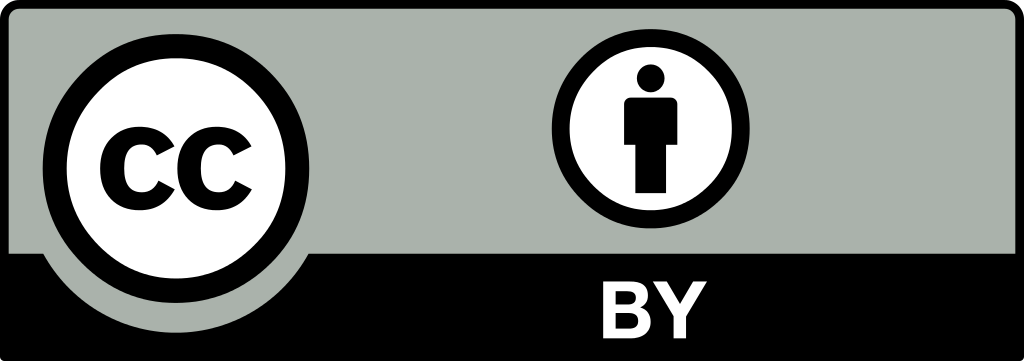

International Journal of Innovative Research in Engineering and Management
Year: 2023, Volume: 10, Issue: 1
First page : ( 15) Last page : ( 20)
Online ISSN : 2350-0557.
![]() DOI: 10.55524/ijirem.2023.10.1.4 |
DOI: 10.55524/ijirem.2023.10.1.4 | ![]() DOI URL: https://doi.org/10.55524/ijirem.2023.10.1.4
Crossref
DOI URL: https://doi.org/10.55524/ijirem.2023.10.1.4
Crossref
 This is an Open Access article distributed under the terms of the Creative Commons Attribution License (CC BY 4.0) (http://creativecommons.org/licenses/by/4.0)
This is an Open Access article distributed under the terms of the Creative Commons Attribution License (CC BY 4.0) (http://creativecommons.org/licenses/by/4.0)
Article Tools: Print the Abstract | Indexing metadata | How to cite item | Email this article | Post a Comment
Salman Ahmad Wani , Ashish Kumar
About 5% of municipal solid waste (MSW) has been discovered to include hazardous waste plastic. The disposal of discarded plastic is a major issue today. Due to the indestructibility of these plastic wastes, there are severe difficulties with public health and environmental damage. The results of several studies or tests conducted at various institutions showed that this plastic trash may be used to build bituminous roads.The use of this scrap plastic for building roads is determined by ecological, technological, and financial factors. Dispersal, dumping, and contamination issues may be greatly minimised or eliminated if this plastic trash could be used effectively for building roadways. The major goal of this study was to determine the ideal amount of waste plastic to incorporate into the asphaltic mixture in order to obtain the required strength. Simple plastic specimens without Tio2 and plastic specimens with Tio2 were made as two different types of plastic specimens (Tio2). On both types of specimens, the Marshall Stability Test and the (ITS) indirect tensile strength Test were conducted, and the results were then compared. It was discovered that adding titanium dioxide (TiO2) as a chemical addition produced great results that showed higher values than the typical plastic specimen. The Marshall Stability and (ITS) Indirect Tensile Strength test was shown to be most effective when 16% of plastic garbage was added (Tio2).
M.Tech Scholar, Department of Civil Engineering, RIMT University, Mandi Gobindgarh, Punjab, India
No. of Downloads: 38 | No. of Views: 867
Dr. Shahina Sohi.
November 2021 - Vol 8, Issue 6
Sanjeev Mittal.
November 2021 - Vol 8, Issue 6
